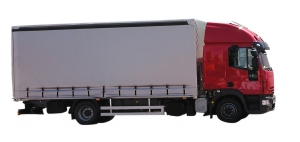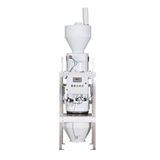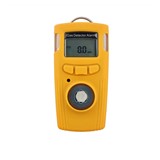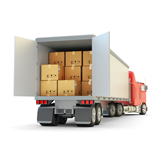One of the issues front of mind for transport company executives is the proposed introduction of a carbon tax. With the tax targeting heavy polluters, the transport industry will be one of the hardest hit, a fact not lost on the industry.
Around 500 businesses will be required to pay for their pollution under a carbon pricing scheme and will be charged $23 for each tonne of pollution beginning July 1, 2012.
This will increase by 2.5 per cent a year in real terms during a three-year fixed price period until July 1, 2015. The carbon price mechanism will then transition to an emissions trading scheme where the price will be determined by the market.
Revenue from the carbon tax will be used as tax cuts for households, increased family payments and higher pensions, benefits and allowances. Phil Lovel, chief executive officer at the Victorian Transport Association (VTA), said the carbon tax will have a serious impact on the transport industry.
"The Diesel Fuel Grant Scheme, which commenced in July 2000, has now reduced from 18.510 cents per lite (CPL) to 15.043 CPL," Lovel said.
"Now the proposed carbon tax is set to reduce it by another 7.00 CPL. We also estimate it will be wiped out totally by 2015."
The trucking and transport industry will, however, be exempt from the carbon tax until July 1, 2014, two years after the official start of the carbon tax.
"In 2014-15, the effective fuel tax paid by trucking operators will increase by 6.858 cents per litre, which matches the planned carbon price of $25.40 per tonne," Bill McKinley, communications manager at the Australian Trucking Association (ATA), said.
"Fuel is usually the single largest cost incurred by a trucking business. On average, trucking operators spend 27 per cent of their revenue on fuel, but long distance operators spend much more – up to 45 per cent.
"These are the trucking businesses that will be most affected by the tax. Trucking businesses that operate over very short distances – for example, port operators – will be relatively less affected."
Smaller transport businesses will also be hard hit by the carbon tax.
"Small transport companies will lose their diesel fuel credit and not be able to recover it. At 7.00 CPL, and assuming a consumption rate of 1.59 km per litre, this results in a cost increase of 4.40 cents per km. If they do 150,000 km a year, this is equal to $6,600 per truck or $130 a week," Lovel said.
"We will be doing everything in our power to increase our rates and to pass on the costs to our customers, who will have to pass it on to their customers and eventually the consumer will pay.
"It also adds to industry uncertainty, and at present the transport industry is suffering from confidence about the whole issue."
There appears to be little the transport industry will be able to do to mitigate the cost of the carbon tax and reduce their pollution.
McKinley told IndustrySearch the ATA published an independent report on the industry’s environmental credentials. The report revealed the industry’s ability to reduce its fuel consumption is restricted by government regulation, poorly thought out charges and a lack of research and development on energy-saving technology.
He believes the government needs to make a more concerted effort to help companies reduce pollution through the national heavy vehicle regulator process to support the increased use of larger, safer trucks. This, he believes, will deliver substantial fuel efficiency gains and increase safety.
"[It also needs to] support further research and standard changes to reduce aerodynamic drag and tyre resistance, which together account for 75-85 percent of the total engine power use in semitrailers and B-doubles," McKinley said.
The transport industry looks like it will be carrying much heavier financial burdens in the near future.





